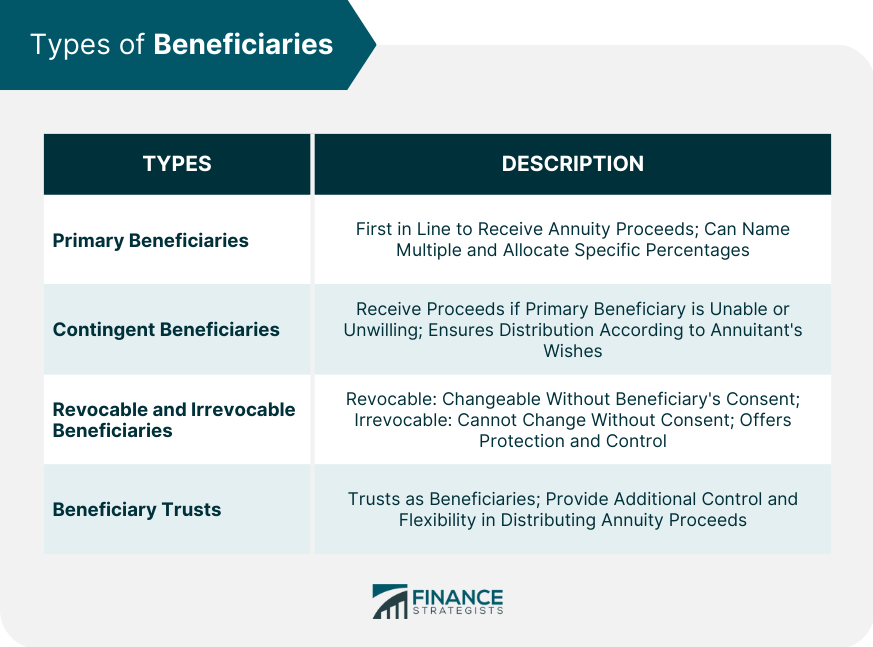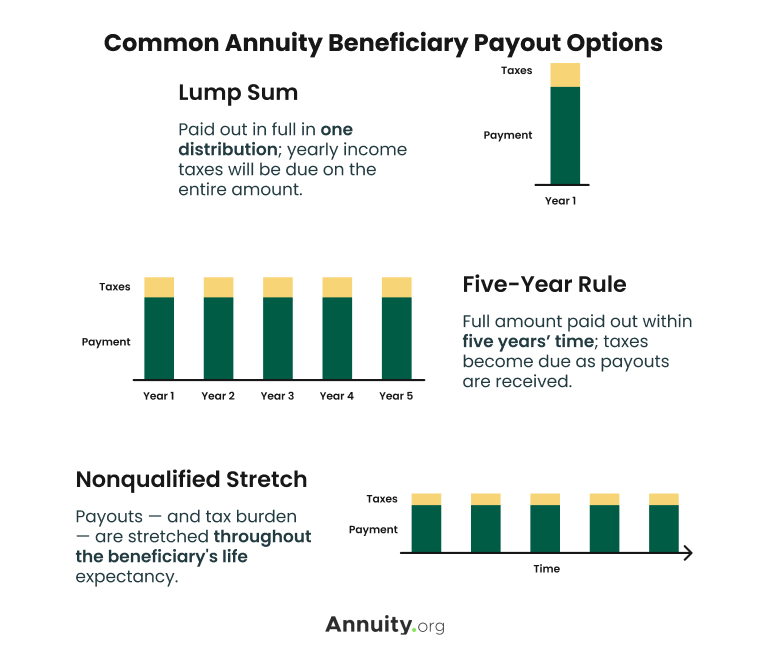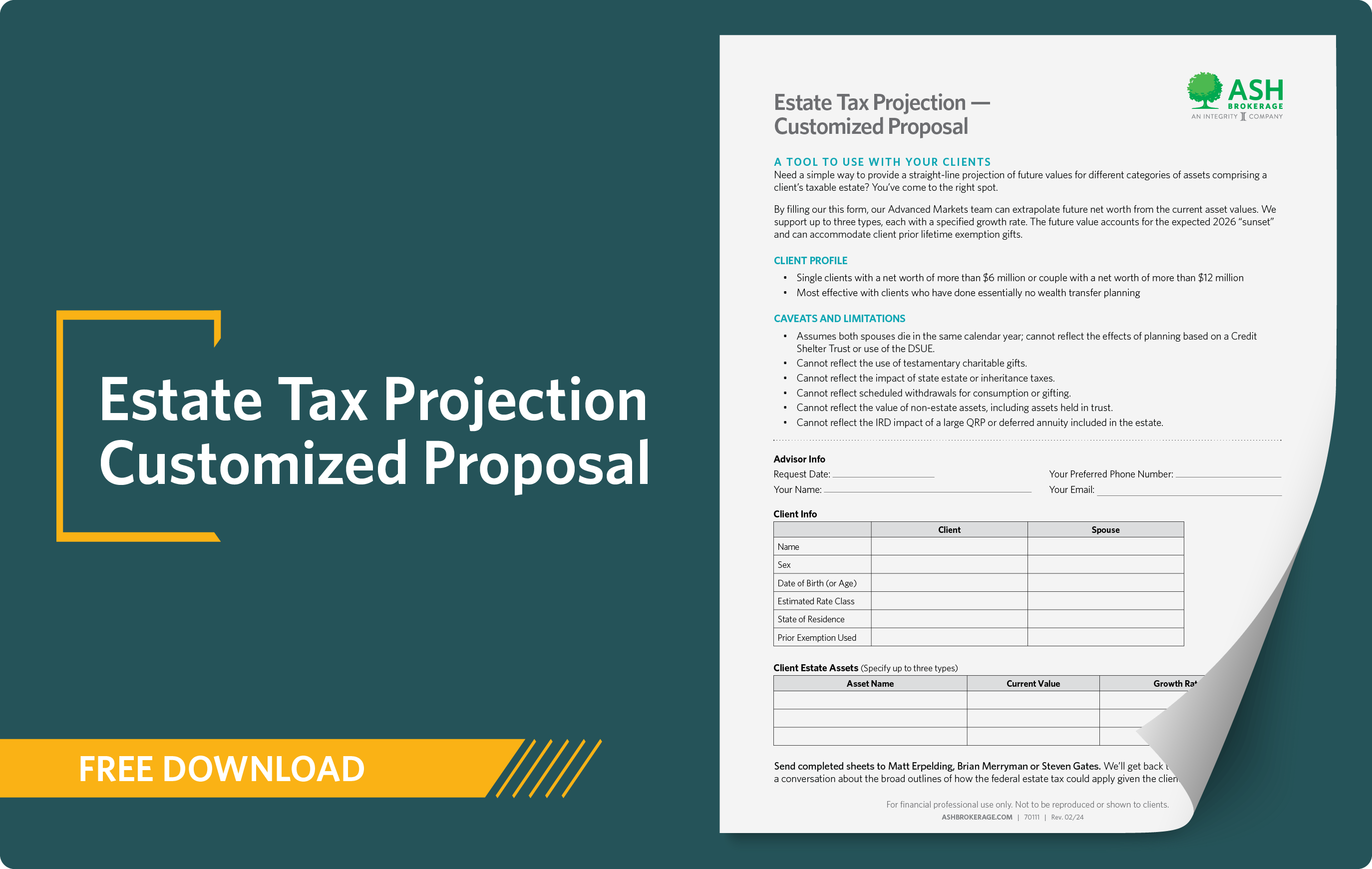All Categories
Featured
Table of Contents
This five-year basic regulation and 2 adhering to exceptions use just when the proprietor's death triggers the payout. Annuitant-driven payouts are talked about below. The initial exception to the basic five-year policy for specific beneficiaries is to approve the survivor benefit over a longer period, not to go beyond the anticipated life time of the beneficiary.
If the recipient elects to take the fatality benefits in this method, the benefits are strained like any type of other annuity repayments: partially as tax-free return of principal and partly taxable income. The exemption proportion is found by utilizing the dead contractholder's cost basis and the expected payouts based on the beneficiary's life span (of shorter period, if that is what the beneficiary selects).
In this approach, in some cases called a "stretch annuity", the beneficiary takes a withdrawal each year-- the required amount of yearly's withdrawal is based on the exact same tables utilized to compute the called for distributions from an IRA. There are 2 advantages to this technique. One, the account is not annuitized so the beneficiary retains control over the money value in the agreement.
The 2nd exception to the five-year regulation is available just to a making it through spouse. If the assigned beneficiary is the contractholder's partner, the partner might elect to "enter the shoes" of the decedent. Basically, the spouse is dealt with as if he or she were the proprietor of the annuity from its inception.
Is there tax on inherited Single Premium Annuities
Please note this applies just if the partner is named as a "designated beneficiary"; it is not readily available, for example, if a depend on is the beneficiary and the spouse is the trustee. The basic five-year guideline and both exemptions just put on owner-driven annuities, not annuitant-driven agreements. Annuitant-driven agreements will pay survivor benefit when the annuitant passes away.

For purposes of this discussion, assume that the annuitant and the owner are various - Annuity death benefits. If the agreement is annuitant-driven and the annuitant dies, the fatality causes the survivor benefit and the beneficiary has 60 days to decide how to take the death benefits based on the terms of the annuity agreement
Note that the choice of a spouse to "step into the footwear" of the owner will certainly not be offered-- that exception applies just when the proprietor has passed away but the proprietor really did not pass away in the instance, the annuitant did. Lastly, if the recipient is under age 59, the "death" exception to avoid the 10% charge will certainly not use to a premature distribution again, since that is offered just on the death of the contractholder (not the fatality of the annuitant).
Many annuity companies have inner underwriting plans that reject to release contracts that call a different proprietor and annuitant. (There may be odd circumstances in which an annuitant-driven contract fulfills a clients one-of-a-kind requirements, yet more commonly than not the tax downsides will certainly exceed the benefits - Annuity death benefits.) Jointly-owned annuities may present comparable problems-- or at least they may not serve the estate preparation feature that other jointly-held assets do
Therefore, the fatality advantages have to be paid within 5 years of the initial owner's fatality, or subject to both exemptions (annuitization or spousal continuance). If an annuity is held jointly in between a spouse and better half it would appear that if one were to pass away, the other could merely proceed ownership under the spousal continuation exemption.
Presume that the other half and wife called their son as recipient of their jointly-owned annuity. Upon the fatality of either owner, the company should pay the fatality benefits to the child, that is the beneficiary, not the surviving spouse and this would possibly beat the proprietor's intentions. Was really hoping there might be a device like setting up a recipient IRA, however looks like they is not the situation when the estate is configuration as a beneficiary.

That does not determine the sort of account holding the inherited annuity. If the annuity was in an acquired individual retirement account annuity, you as executor must have the ability to appoint the acquired IRA annuities out of the estate to acquired IRAs for each and every estate beneficiary. This transfer is not a taxable occasion.
Any type of distributions made from acquired IRAs after assignment are taxable to the beneficiary that obtained them at their average income tax obligation rate for the year of distributions. If the inherited annuities were not in an Individual retirement account at her fatality, then there is no method to do a straight rollover right into an acquired Individual retirement account for either the estate or the estate recipients.
If that takes place, you can still pass the circulation through the estate to the specific estate recipients. The earnings tax return for the estate (Form 1041) can include Kind K-1, passing the earnings from the estate to the estate recipients to be tired at their individual tax obligation rates as opposed to the much greater estate earnings tax obligation rates.
Fixed Income Annuities inheritance and taxes explained

: We will produce a strategy that includes the most effective products and functions, such as enhanced survivor benefit, premium benefits, and irreversible life insurance.: Get a tailored strategy designed to optimize your estate's worth and lessen tax liabilities.: Implement the selected method and receive recurring support.: We will aid you with setting up the annuities and life insurance policy plans, supplying continuous guidance to ensure the strategy stays reliable.
Should the inheritance be regarded as an income associated to a decedent, then tax obligations may apply. Generally talking, no. With exemption to retired life accounts (such as a 401(k), 403(b), or individual retirement account), life insurance policy earnings, and financial savings bond interest, the beneficiary usually will not have to birth any income tax obligation on their inherited wealth.
The quantity one can acquire from a trust fund without paying taxes relies on numerous elements. The government estate tax exception (Annuity rates) in the United States is $13.61 million for individuals and $27.2 million for couples in 2024. Specific states might have their very own estate tax obligation laws. It is suggested to consult with a tax obligation specialist for accurate information on this issue.

His mission is to simplify retired life planning and insurance coverage, making certain that customers comprehend their choices and protect the very best insurance coverage at irresistible prices. Shawn is the creator of The Annuity Professional, an independent online insurance policy company servicing customers throughout the United States. Through this system, he and his team aim to get rid of the uncertainty in retirement planning by aiding people discover the ideal insurance protection at the most affordable rates.
Table of Contents
Latest Posts
Breaking Down Your Investment Choices A Closer Look at How Retirement Planning Works Breaking Down the Basics of Fixed Indexed Annuity Vs Market-variable Annuity Pros and Cons of Various Financial Opt
Understanding Financial Strategies Everything You Need to Know About Financial Strategies Breaking Down the Basics of Investment Plans Benefits of Fixed Vs Variable Annuity Why Variable Annuity Vs Fix
Decoding How Investment Plans Work Key Insights on Deferred Annuity Vs Variable Annuity What Is Fixed Annuity Vs Equity-linked Variable Annuity? Advantages and Disadvantages of Fixed Vs Variable Annui
More
Latest Posts